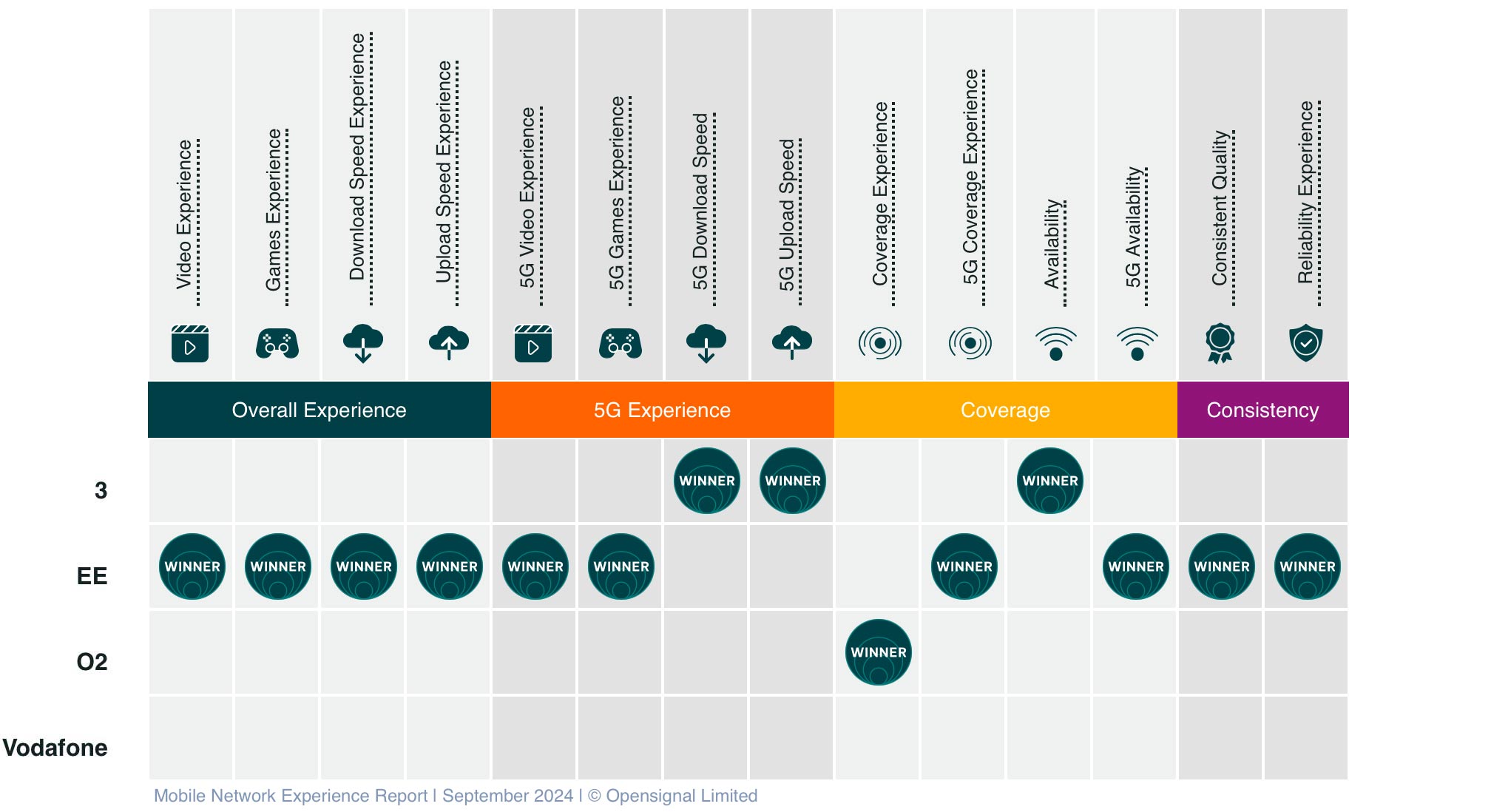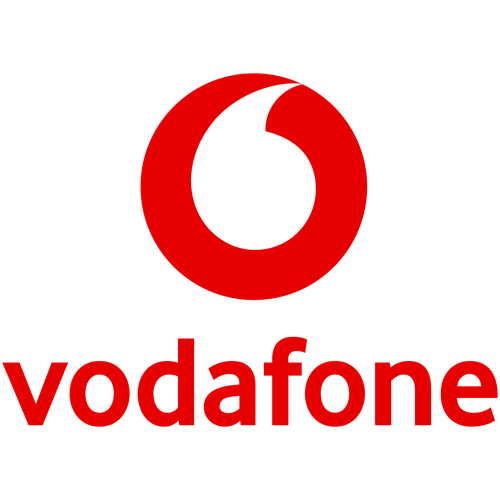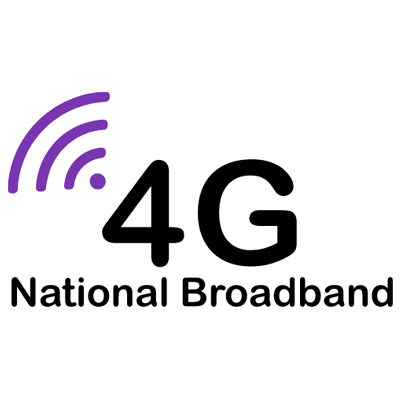- 5G
- Maximum speed available*
- 2Gb
- Broadband usage
- Free
- setup
- 1
- Month contract
- £2.50
- per month
- 1st year total £2.50
- 5G
- Maximum speed available*
- 5Gb
- Broadband usage
- Free
- setup
- 24
- Month contract
- £12.00
- per month
- 1st year total £144.00
- 4G
- Maximum speed available*
- 40Gb
- Broadband usage
- Free
- setup
- 24
- Month contract
- £15.96
- per month
- 1st year total £154.02
- 5G
- Maximum speed available*
- Unlimited
- Broadband usage
- Free
- setup
- 24
- Month contract
- £17.00
- per month
- 1st year total £204.00
- 4G
- Maximum speed available*
- Unlimited
- Broadband usage
- Free
- setup
- 24
- Month contract
- £17.00
- per month
- 1st year total £204.00
- 5G
- Maximum speed available*
- 40Gb
- Broadband usage
- Free
- setup
- 36
- Month contract
- £19.50
- per month
- 1st year total £280.50
- 5G
- Maximum speed available*
- 40Gb
- Broadband usage
- Free
- setup
- 36
- Month contract
- £27.97
- per month
- 1st year total £298.14
- 5G
- Maximum speed available*
- 200Gb
- Broadband usage
- £45.00
- setup
- 24
- Month contract
- £35.00
- per month
- 1st year total £465.00
- 4G
- Maximum speed available*
- Unlimited
- Broadband usage
- Free
- setup
- 24
- Month contract
- £31.99
- per month
- 1st year total £482.88
What is mobile broadband?
Mobile broadband, delivered over a 4G or 5G network, provides instant internet access without the need for a landline or engineer visit. It’s a flexible, plug-and-play solution that lets you get online within minutes of receiving your equipment. Most plans include a router with a SIM card simply insert the SIM, connect the router to a power source, and you’ll have internet access wherever there is mobile signal coverage. Broadband speeds will depend on the strength of your signal.
What speed can 4G mobile broadband achieve?
Mobile broadband, using 4G LTE Advanced technology, can theoretically deliver download speeds of up to 300Mbps and upload speeds of 50Mb under ideal conditions. However, in practice, most UK users connecting to a 4G network experience average download speeds of around 25Mb and upload speeds of approximately 7.5Mb. By comparison, the UK median for fixed-line broadband stood at 143.83Mb in August 2025 (see the latest UK broadband ranking data provided by Ookla Speedtest users). Even so, 4G broadband can still be a valuable option in rural areas where traditional fixed-line connections often fall short.
To enhance reliability and speed, particularly in areas with weaker 4G or 5G signals, installing an external aerial can be highly effective. Companies such as 4G Internet specialise in supplying and professionally fitting external aerials to improve signal strength. Alternatively, if you know the precise location of your local transmitter, you can install your own directional aerial for better performance. Suppliers like Broadbandbuyer offer a wide range of 4G and 5G aerials to suit various needs.
To check mobile broadband coverage in your area, Ofcom’s mobile broadband coverage checker is a valuable tool. It compares signal strengths from providers like O2, EE, Vodafone, and Three, helping you determine the best mobile broadband provider in your area.
What speed can 5G broadband achieve?
Opensignal's September 2024 study reveals that the average 5G download speed in the UK is 131Mbps, accompanied by an average 5G upload speed of 15.5Mbps. These figures, based on a comprehensive comparison of data from the four major UK network providers Three, EE, O2, and Vodafone show a marginal improvement from the previous year, underscoring the urgent need for the UK to make significant strides in maximising its 5G potential. For context, take a look at the impressive 5G download speeds achieved globally: South Korea leads with 453.5Mbps, followed by New Zealand at 293.3Mbps, Singapore at 270.0Mbps, Malaysia at 236.5Mbps, and Sri Lanka at 227.4Mbps. These international benchmarks emphasise the gap between the UK's current 5G performance and the capabilities demonstrated by leading nations. Clearly, there is an opportunity for the UK to enhance its 5G infrastructure and move closer to the forefront of high-speed 5G connectivity.
Best performing UK 5G mobile provider - September 2024

What 4G/5G broadband options are there?
Option 1: 4G Mobile tethering
Tethering is a quick and simple solution to sharing your mobile phone’s broadband connection. Other devices can share your data allowance by using your phone to create a WiFi hotspot. This solution is usually adequate for travelling, camping or ad hoc sharing. The Wi-Fi signal range will not be as powerful as a home router, so it’s unlikely to penetrate adjacent rooms.
Option 2: Mobile broadband device
Typically known as a ‘Mi-Fi’ or ‘Dongle’, these devices are usually a similar size to a small mobile phone and powered by either an internal battery or via USB. The device will create a Wi-Fi network, generally allowing up to 64 devices to connect simultaneously. The Wi-Fi range can be limited as they aren’t as powerful as a standard home broadband router.
Option 3: 4G/5G Sim enabled device
Some tablet devices, e.g. Apple iPads, have sim card slots and can connect directly to the internet without needing additional hardware or a Wi-Fi connection. A pre loaded sim card is the most cost-effective solution. For more regular use, you may wish to consider a sim-only contract.
Option 4: 4G/5G Home broadband solution
With this option, a sim is placed in a 4G/5G enabled router, enabling up to 64 devices to connect to the broadband simultaneously. 4G / 5G home broadband is a growing trend driven by the increasing availability of unlimited data plans. 4G home broadband is particularly popular in rural areas where 4G broadband can be faster and more reliable than a standard broadband connection. One of the main benefits of this option is the absence of line rental fees. Sim contracts vary in data allowances and can be from 1 - 24 months in duration. For regular use, we would recommend an unlimited tariff. Compare mobile broadband
Short term mobile broadband options
Mobile broadband could be the answer if you're moving home or need a temporary broadband solution. Filter the 4G 5G home broadband options above to compare one-month contracts.
One-month rolling contracts are typically more expensive per month, but you will only need to give 30 days notice if you decide to end your contract. Short-term broadband contracts usually incur a larger set-up fee. This one-off fee is typically to cover the cost of the router, which you can usually keep after your contract ends. If there is no upfront fee be mindful, you will likely need to return the router at the end of your contract. If you already have a 4G / 5G router and only require ad hoc usage, purchasing a prepaid SIM card may be more cost-effective. A prepaid 'data-only' SIM card will give you a fixed amount of data without incurring a monthly fee. Prepaid SIM card data is typically valid for 12 - 24 months, although some value plan options may limit this to 90 days. Vodafone and Three have some of the best rates for pre-paid mobile data.
Pre-paid travel sim with no monthly fee
 After the UK's exit from the European Union, many UK network providers reintroduced data roaming charges for European travel. These charges may include daily access fees to access your ‘Roam, like at-home data’. With a Keepgo pre-paid data SIM you can avoid data roaming charges. Read our review on Keepgo
After the UK's exit from the European Union, many UK network providers reintroduced data roaming charges for European travel. These charges may include daily access fees to access your ‘Roam, like at-home data’. With a Keepgo pre-paid data SIM you can avoid data roaming charges. Read our review on Keepgo
Broadband providers often apply in-contract price increases each April. Since January 2025, Ofcom regulations require that any such increases must be clearly shown by the internet service provider before you complete your order. Not all suppliers increase prices during the contract, so be sure to check the pricing details at checkout to ensure a fair comparison between providers.




